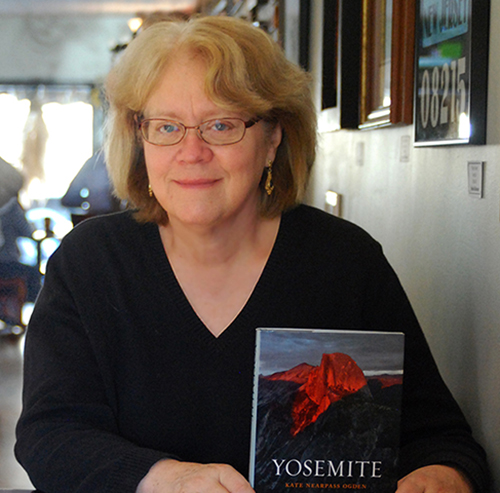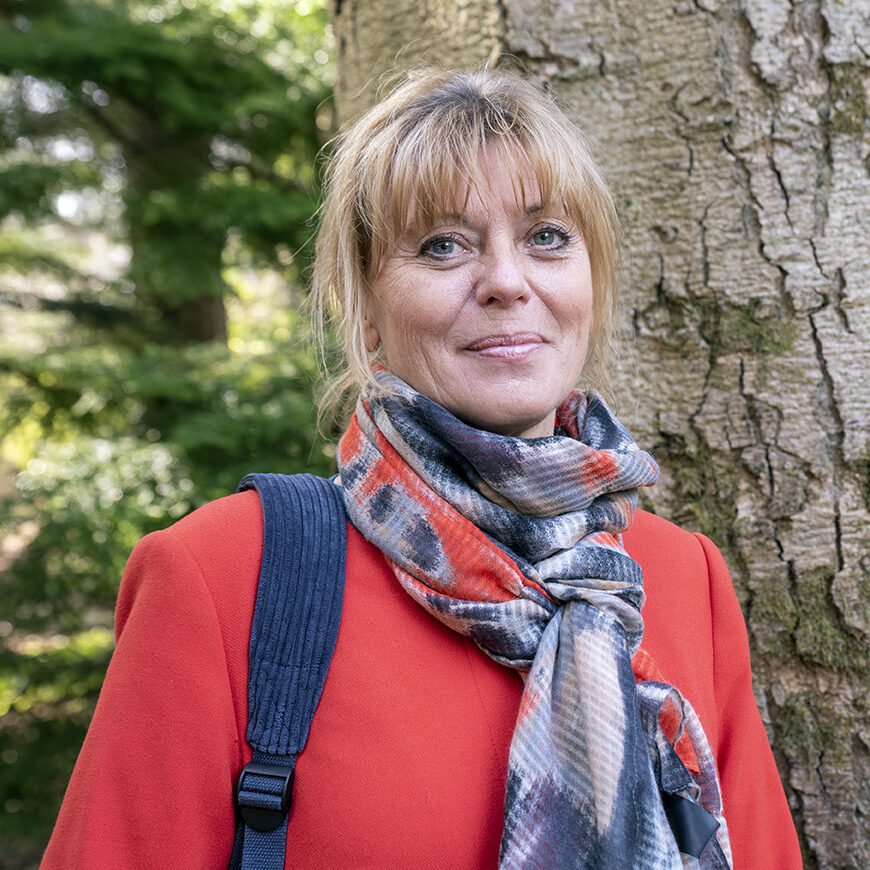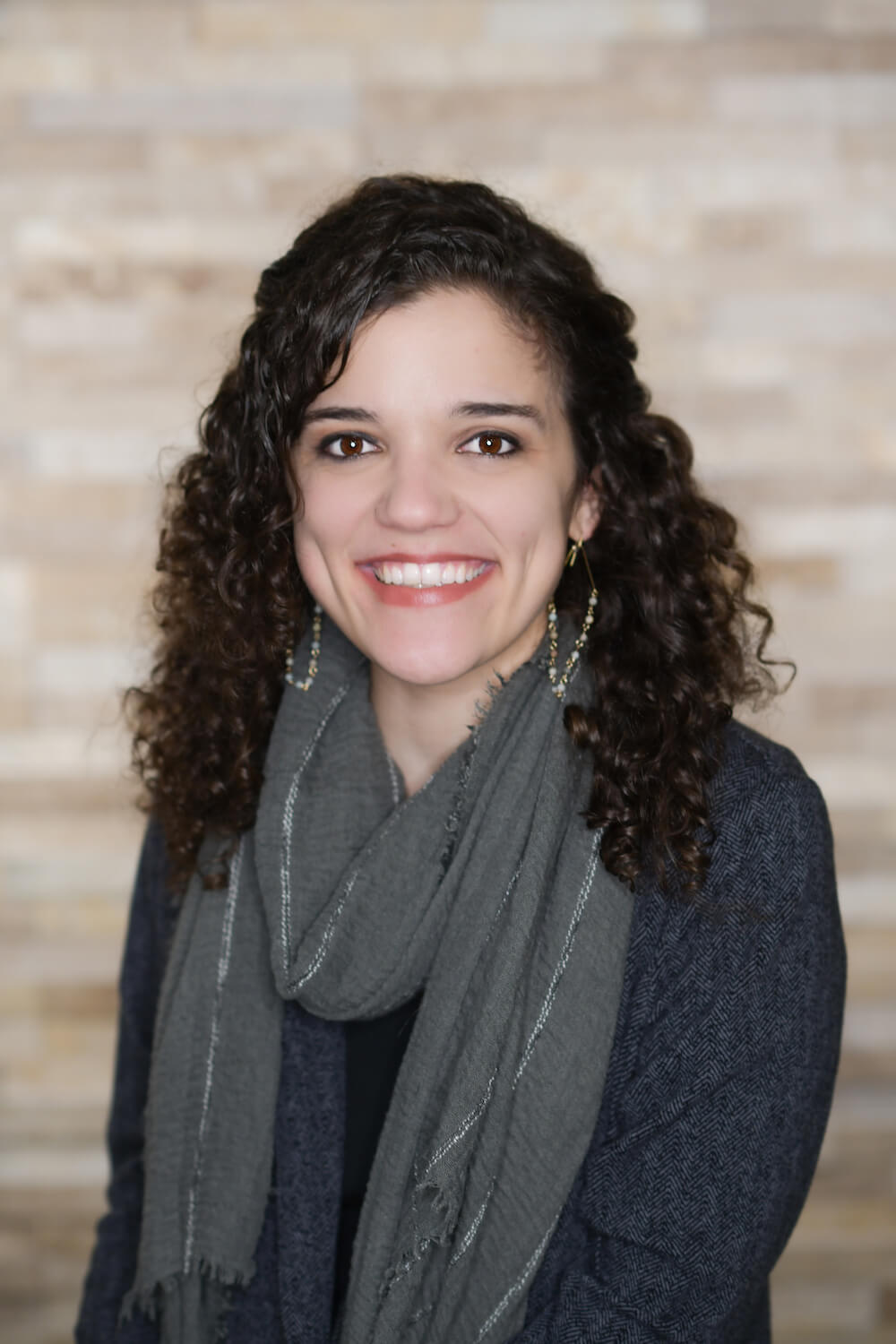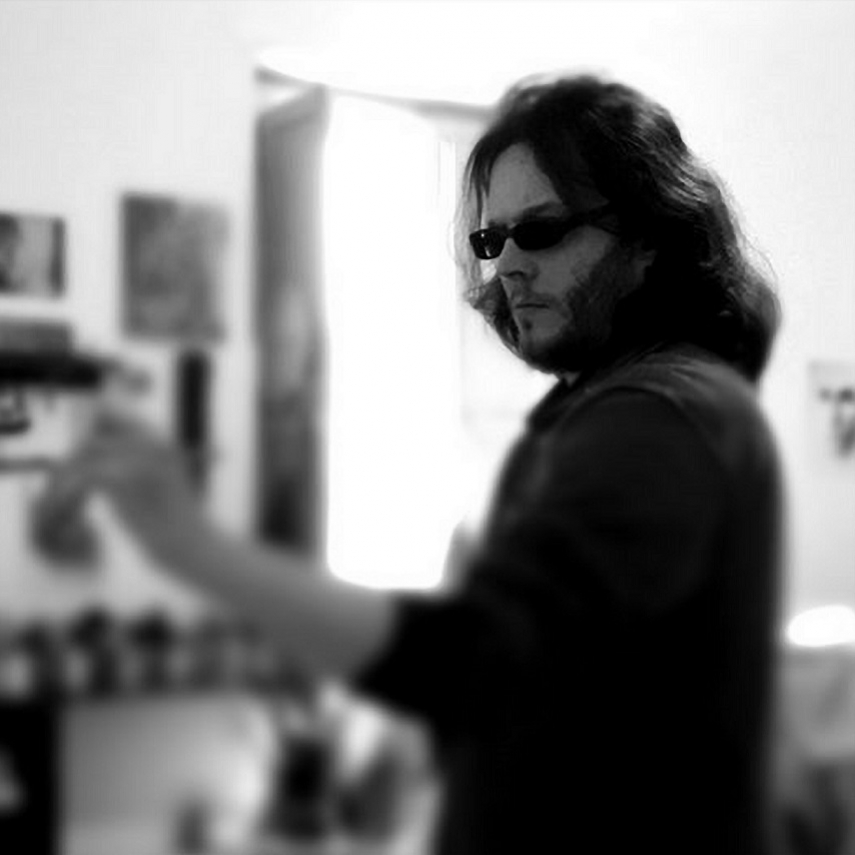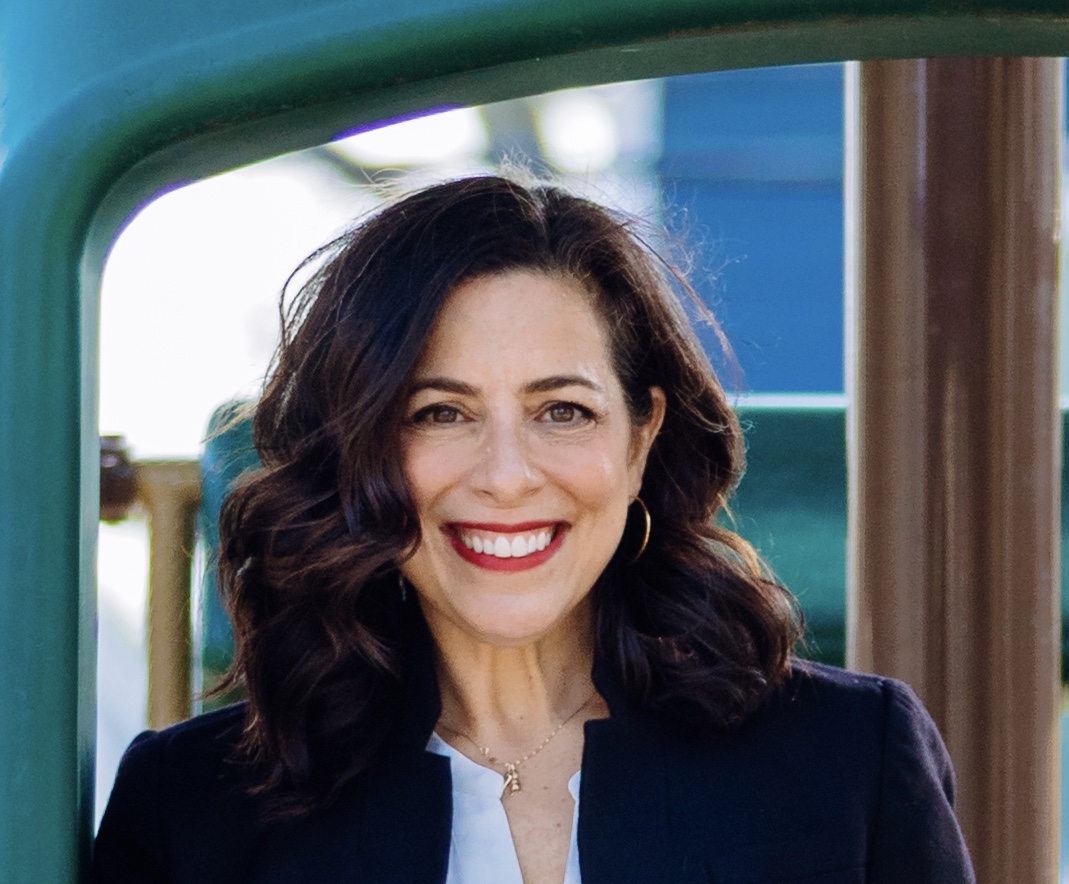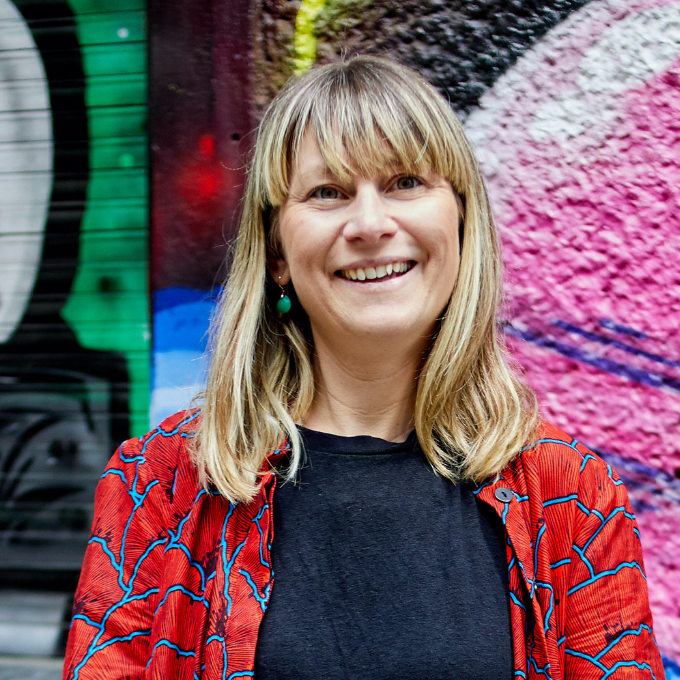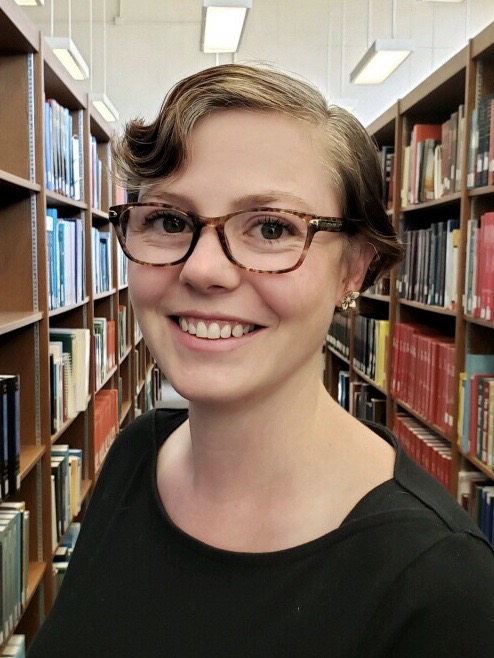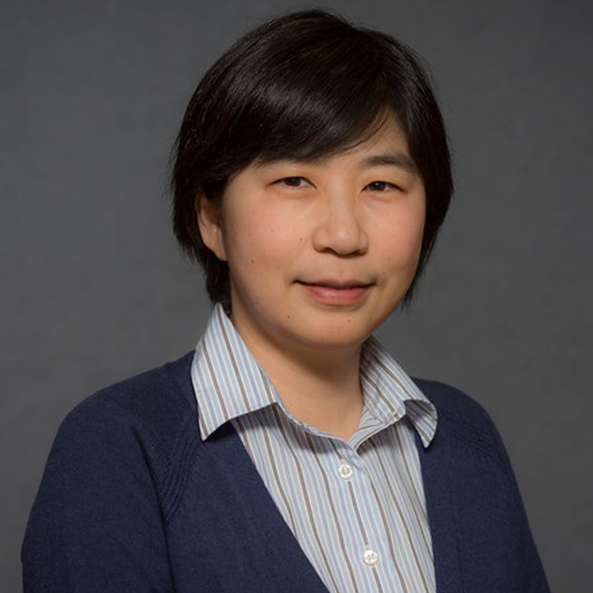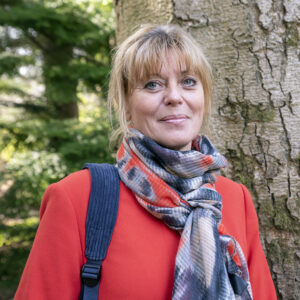 PhD in Pedagogy, Lecturer in Visual Arts at Dalarna University, Sweden, and lecturer in Pedagogy at the University of Gothenburg.
PhD in Pedagogy, Lecturer in Visual Arts at Dalarna University, Sweden, and lecturer in Pedagogy at the University of Gothenburg.
Field of Study: Pedagogy and Visual Art
Member since: 2016
What does your work involve and how does it intersect with visual literacy?
Most of my work relates to education, from primary school education to University education. My work also relates to:
- Aesthetic and multimodal perspectives on education
- Art-based environmental education
- Aesthetics, Visual art and sustainability
- Relational Pedagogy, multimodality and visual art
How did you become interested in visual literacy?
I became interested in visual literacy many years ago, when I was a preschool teacher. I then realised the importance of children’s right to express themselves in various ways, and thus the importance of explicit education directed towards visual competences. Then, I became a high school teacher in Visual Art and Swedish, and worked with students who had difficulties of various kind. I found that my students needed different ways to communicate, so I learnt more about multimodality, visual literacy and how to promote students’ ability to use visual resources to communicate.
What are you currently working on (feel free to describe a typical day!)?
As a researcher, I am currently working with a European project (ERAMSUS+), including relational pedagogy, multimodality and art in relation to Education for Sustainable Development. One example is from a primary school, where the staff has decided to remove all asphalt to make the schoolyard greener and more environmentally friendly. All pupils were invited to participate in planning the new school yard by making Lego models and paintings. Another example is from a school where all teachers work with the Storyline Approach, in which visuality plays a crucial role in the learning process.
As a lecturer, I am involved in Visual Art Teacher Education, and in using photo, animations and documentary films in Student teachers’ learning processes as well as in preschool and high school. I am also teaching about multimodality in Language Education (Swedish), and how to use and understand images in relation to communication.
As an artist/scholar, I have explored mirroring and portrait painting in several ways.
I have published articles and books accordingly.
What are you currently reading/writing/watching/listening to and/or curious about?
I am reading and writing about relational pedagogy, learning processes and sustainability. I am curious about the connection between the teacher-student relationships and learning processes in general, and with regard to issues of sustainability in particular. I am also interested in how art creation can be a facilitator in learning processes and in students expressions about global warming, climate change and other difficult issues the encounter. I addition, I am interested in identity formation and visual representations.
What does the term ‘visual literacy’ mean to you?
I consider visual literacy is a social practice, which entails three interrelated dimensions: a cultural, an operational, and a critical. I have in a few articles elaborated on the term visual literacy, and I have used the four resources model by Allan Luke and Peter Freebody, which is a framework for literacy education, focusing on reading and writing. In my redesign of this model, visual elements and activities replace text, as a way to mark a shift from the linguistic to the pictorial. Visual literacy encompasses here four abilities based on four visual practices. In short:
Visual code-breaking – how are images constructed a what kind of codes does the image contain? Visual code-breaking implies knowledge of images’ elements, such as color, shape, space, size, and the inter-relation between light and shadow, proximity and distance, perspective, and composition.
Visual meaning-making – how can this image be understood, what does it mean, and how can it be interpreted? Visual meaning-making is constructed through prior knowledge, life experiences, and specific topic know-ledge along with understanding of how images are composed.
Visual use – what is the intention and role of this image and how can I use it? Visual use depends on knowledge of social-cultural pictorial aspects.
Visual analysis – How does this image affect the viewer? What is included or excluded, and why? How does this image relate to other images? Visual analysis builds on knowledge of image-creators’ awareness and choice of image language.
Find out more about Margaretha Häggström:
https://www.gu.se/om-universitetet/hitta-person/margaretahaggstrom
Publications
Häggström, M. (2022). This is me! Visual art as means to identify self and the “bigger picture”. In G. Coutts, T. Eça, Y. Hung, S. Kim, L. Wang, G. Pataky & J. Silverman (red.)
Learning Through Art: International Pictures of Practice. (370-377). InSEA Publications.
Häggström, M., Wallin, M., & Gavelin, C. (2021). Who Are You And Who Am I? An Autoethnographic Study on How Mirror Neurons Guide the Artwork in a Collaborating Art Project. International Journal of Arts Humanities and Social Sciences Studies, 6(7), 1-10. http://www.ijahss.com/Paper/06072021/1179451448.pdf
Häggström, M. & Dahlbäck, K. (2020). Transformative Learning and Identity Building through Aesthetic Experiences in a Storyline. I I Høeg Karlsen & M. Häggström (red.), Teaching through stories. Renewing the Scottish Storyline Approach in Teacher and Higher Education. (59-79). Waxmann. https://doi.org/10.25656/01:21352
Häggström, M. (2020). The Art of Read-Aloud, Body Language and Identity Creation. A Multimodal Interactional Analysis of Interaction between Parent, Child and Picture Book. Journal of Language Studies, 14(1), 117-140. https://drive.google.com/file/d/15TTFFFgMjz5SZIndMa1OMT_a3O2TIUJV/view
Häggström, M. (2020). Embodied connective aesthetics: A collaborative art project guided by mirroring. In D. M. Baylen (Ed.), Crossing boundaries and disciplines: The book of selected readings 2019 (s. 82-96). International Visual Literacy Association. ISBN: 978-0-945829-13-3


